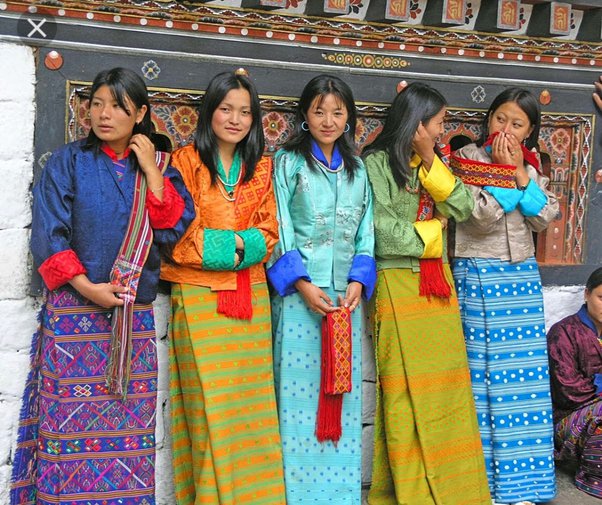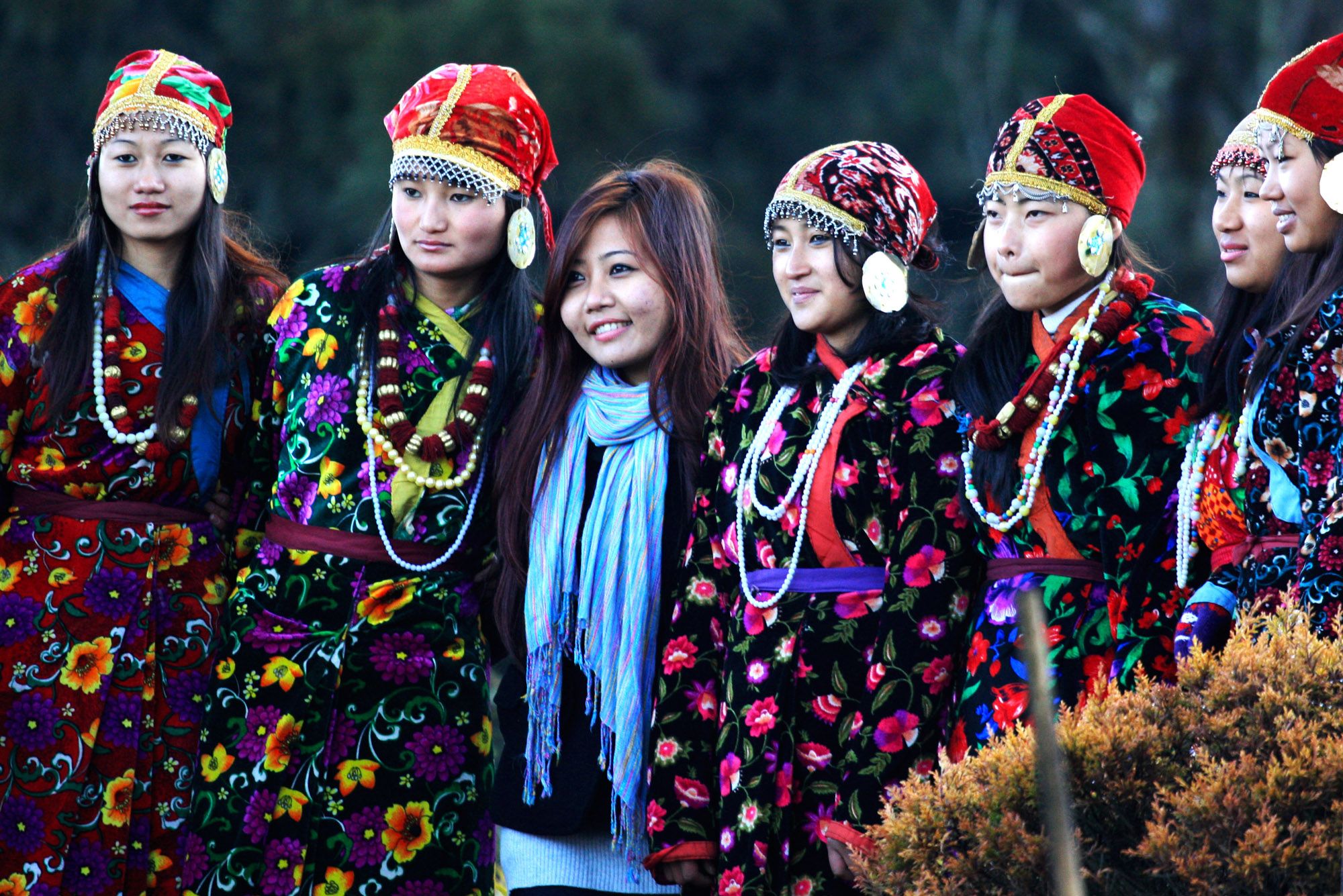Introduction
Traditional clothing is not merely a fashion statement; it is a vibrant expression of culture, heritage, and identity. Each region of the world boasts its own unique styles, fabrics, and designs that reflect the rich history and customs of the people who wear them. In this article, we will embark on a journey to explore the beauty and significance of traditional clothing from around the globe.

The Significance of Traditional Attire
Traditional clothing holds immense cultural and symbolic significance. It serves as a visual representation of a community’s values, traditions, and social customs. The intricate details, colors, and patterns woven into these garments often carry deep meanings rooted in mythology, spirituality, and historical events.
Kimono: The Elegance of Japan
The kimono is a traditional Japanese garment renowned for its grace, beauty, and exquisite craftsmanship. Each element of the kimono, from the choice of fabric to the arrangement of patterns, conveys a wealth of information about the wearer’s age, marital status, and the occasion for which it is worn.
Sari: The Embodiment of Indian Femininity
The sari is an iconic garment that epitomizes the elegance and femininity of Indian culture. Made from various fabrics, such as silk, cotton, or chiffon, the sari is draped in a unique style that varies across different regions of India. It is not only a symbol of grace but also a canvas for intricate embroidery, embellishments, and vibrant colors.
Kente Cloth: A Cultural Heritage of Ghana
Kente cloth is a vibrant and intricately woven fabric that originated in Ghana. Each pattern and color combination carries specific meanings, often associated with proverbs, historical events, or social status. Kente cloth is not only worn as clothing but also used for ceremonial purposes and as a symbol of Ghanaian cultural identity.
Hanbok: Traditional Korean Fashion
Hanbok is the traditional attire of Korea and is known for its elegance, vibrant colors, and graceful lines. The hanbok consists of a jeogori (jacket) and a chima (skirt) for women, and a jeogori and baji (trousers) for men. The designs and colors of the hanbok reflect the wearer’s social status, age, and the occasion.
Highland Dress: Embodying Scottish Heritage
Highland dress, often associated with Scotland, includes the iconic kilt, sporran, and tartan patterns. The kilt, made from woven wool fabric, is not only a symbol of Scottish pride but also a representation of clan affiliation. Each tartan pattern is unique to a specific clan, connecting wearers to their ancestral lineage.
FAQs (Frequently Asked Questions)
1. What is the significance of traditional clothing?
Traditional clothing holds cultural significance as it represents a community’s heritage, values, and social identity. It showcases the artistic skills, craftsmanship, and storytelling traditions of a particular culture.
2. How is traditional clothing preserved in modern times?
Traditional clothing is preserved through cultural festivals, ceremonies, and special occasions where people proudly wear their traditional attire. Additionally, efforts are made to pass down the knowledge and techniques of creating traditional garments from one generation to the next.
3. Can traditional clothing be worn outside of cultural contexts?
Yes, traditional clothing can be appreciated and worn outside of cultural contexts. People around the world have embraced elements of traditional attire as a way to celebrate diversity, promote cultural exchange, and showcase their appreciation for different cultures.
4. Is traditional clothing still relevant today?
Yes, traditional clothing continues to be relevant in contemporary society. It serves as a means of cultural preservation, promotes a sense of identity and belonging, and contributes to the global fashion industry by inspiring modern designs.
5. How does traditional clothing impact the economy?
Traditional clothing production supports local artisans, weavers, and textile industries, contributing to the economic growth of communities. The demand for traditional garments also fuels tourism, as visitors are drawn to experience the beauty and authenticity of cultural attire.
6. Can traditional clothing evolve over time?
Yes, traditional clothing can evolve while still maintaining its essence and cultural significance. Influences from contemporary fashion, changing social norms, and global trends may contribute to adaptations in traditional designs, resulting in new variations of cultural attire.
Conclusion
Traditional clothing is a testament to the beauty and diversity of human cultures. Through the garments they wear, people proudly display their heritage, traditions, and values. The intricate designs, vibrant colors, and symbolic meanings embedded in traditional attire make them not just clothing but tangible expressions of cultural identity. By appreciating and understanding the significance of traditional clothing, we celebrate the rich tapestry of global heritage and promote cultural exchange and appreciation.
============================================
